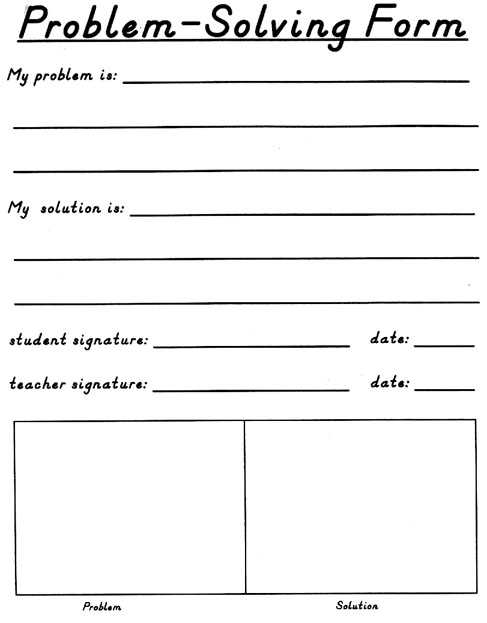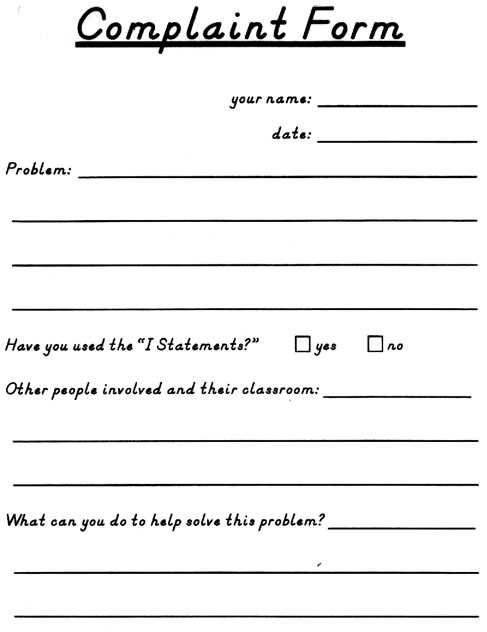Information for Substitutes on Management & Behavior
In my Guest Teacher Notebook I include a page on management and behavior. I have found this to be pretty important information for guest teachers who are not familiar with teaching in such an environment. Below is a copy of that page.
Management & Behavior
Classroom Rules
I have 3 rules that students must abide by.
- Be Responsible
- Be Respectful
- Be Curious
Most if not all student behavior can be categorized under these three headings.
In my classroom I teach the following Learner Characteristics that I strive to have all the students exhibit:
- Thoughtful and Knowledgeable
- Self-Confident (risk-taker)
- Creative
- Resourceful and Organized
- Industrious and Persistent
- Collaborative
- Independent (the capacity to manage one’s own affairs, make one’s own judgments, and provide for oneself)
In addition, I have broken the Independent Learner Characteristic into the following traits:
- Work quietly so that others will not be distracted.
- Take care of materials in the room. Put them away when you are finished.
- Know when and where to get help and materials.
- Respond to the signal to stop, look, and listen.
- Work in the proper place.
- Follow directions for the area where you are working.
- Keep your records and portfolios up to date.
- When you finish one activity go directly to your next activity.
- Focus on your work.
- Turn your homework in consistently.
Depending on which time of the year you are substituting for me, some or all of these Learner Characteristics and Independent Traits have been taught. I have spent considerable time during the first weeks of school on the”3 Be’s,” or rules listed at the top and you should expect students to act accordingly.
Consequences for Misbehavior
If students choose to misbehave my consequences have been as follows (depending on the misbehavior):
- Student fills out a Problem-solving form. These are found near the hallway door.
- The student looses part or all of their recess and spends the time quietly seated with their head down on the table.
- The student is given a sort of mini time-out in which they put their head down for a short period of time and are not allowed to participate in the current activity (this is intended primarily as a time for the child to reflect).
- The student is given an assigned seat for a certain portion of the day.
- The student is given time-out in another classroom (currently we use Ms. X’s and Mrs. Y’s classrooms for this)
The consequence given depends on the infraction and should be considered appropriate. I usually also give a student a reminder as a warning if they begin to act inappropriately. Feel free to modify this system, change it, or use your own system if you find mine doesn’t work for you. Just be sure to spell out the changes to the students first.
Positive Consequences
Feel free to write out Cheetah Pride awards for individual students you see doing an exceptional job during any part of the day. If you’re not sure of the procedure, ask a student, they’ll be more than happy to help. In addition, if you wish to use some of the time after the last recess for a whole class reward, feel free to do so. It could be a class game, a special story you would like to read to them, or something of your own invention.
Stop, Look, & Listen Signal
Hanging from the middle of the whiteboard is a small brass bell. Ring this when you need to get the whole class’s attention. They should all stop what they are doing, look at you, and listen to what you are saying quietly. If not, give them one more chance and if there is still a problem have the few individuals with the problem, or entire class if necessary, put their heads down for a few quiet minutes. After that you should have no more problems.
Student Noise Levels
Use the “Noise Meter” at the front of the class to indicate at what level students are permitted to talk. A “3”, or “Classroom Voice,” is one in which students can hear each other between tables but not necessarily across the room. A “2”, or “Table Voice,” is one in which students can hear each other at the same table but not necessarily between tables. A “1,” or “Buddy Voice,” is one in which students may whisper to one another. A “0,” or “No Voice,” is exactly that, no talking. When you have the class at “Zero Voices” you may want to play some quiet music, it is your choice.
Seating
Unless given an assigned seat (as with math), students may sit at any table or desk (except the teacher’s desk or the computer desks). Of course sometimes students will need to change places in the room in order for certain work groups to meet.

